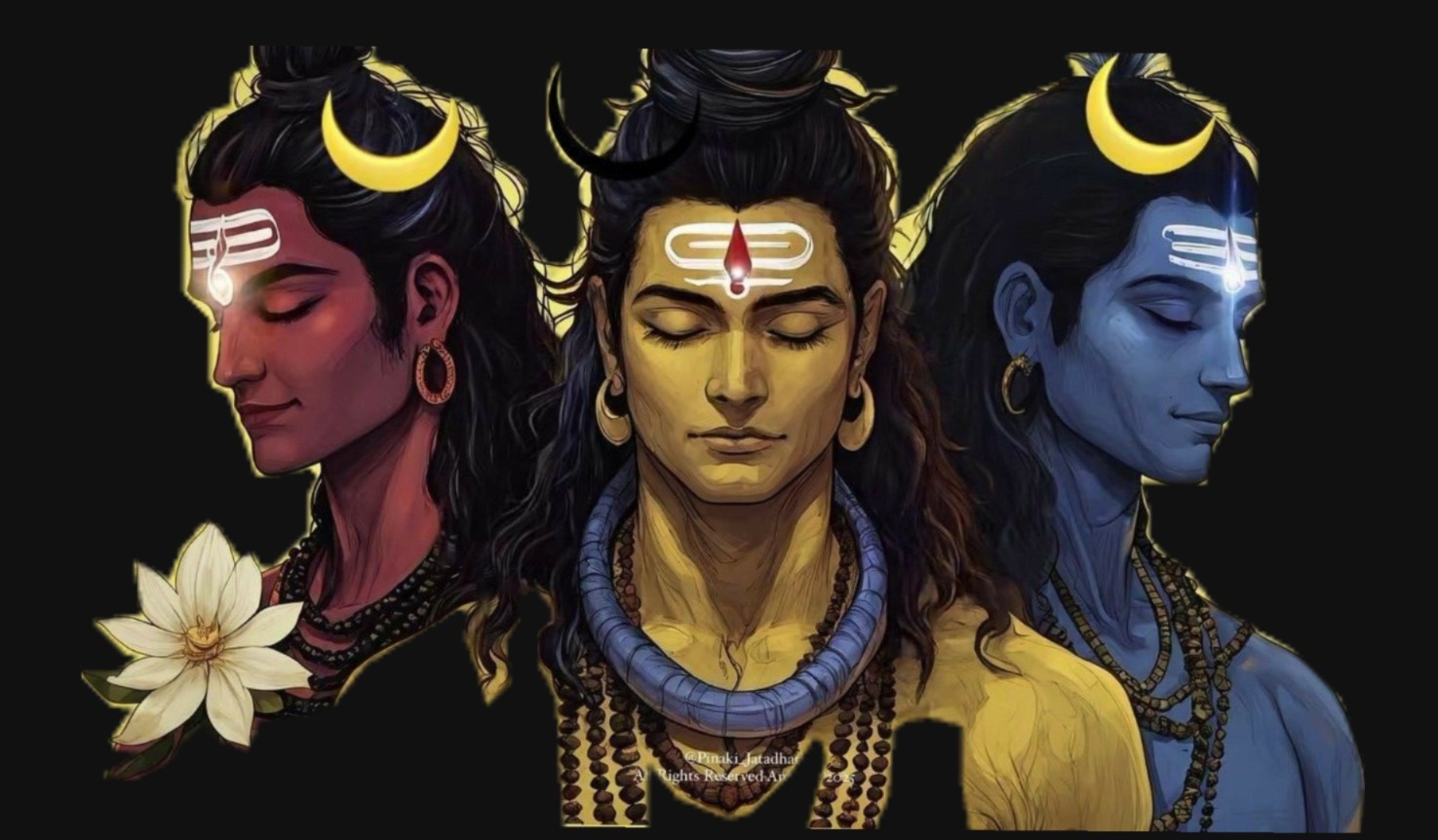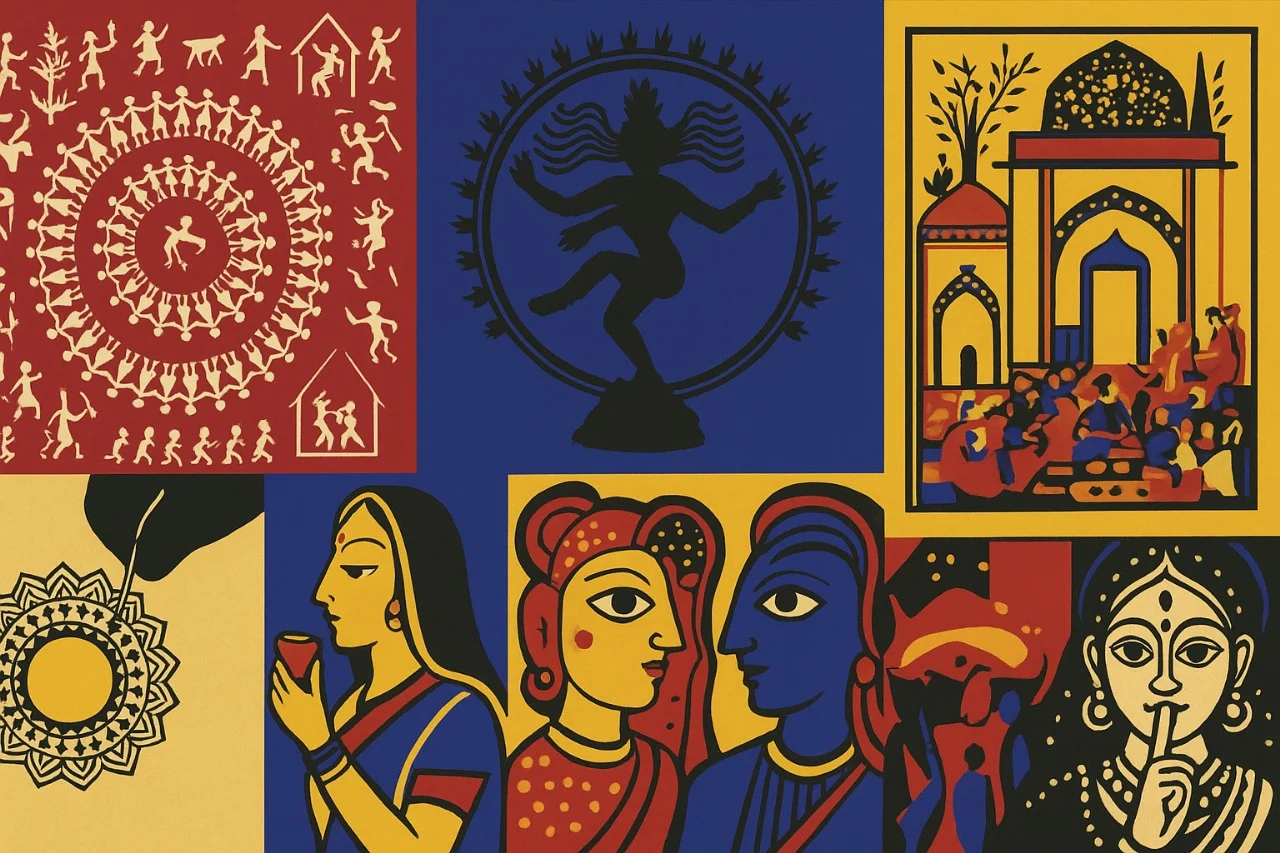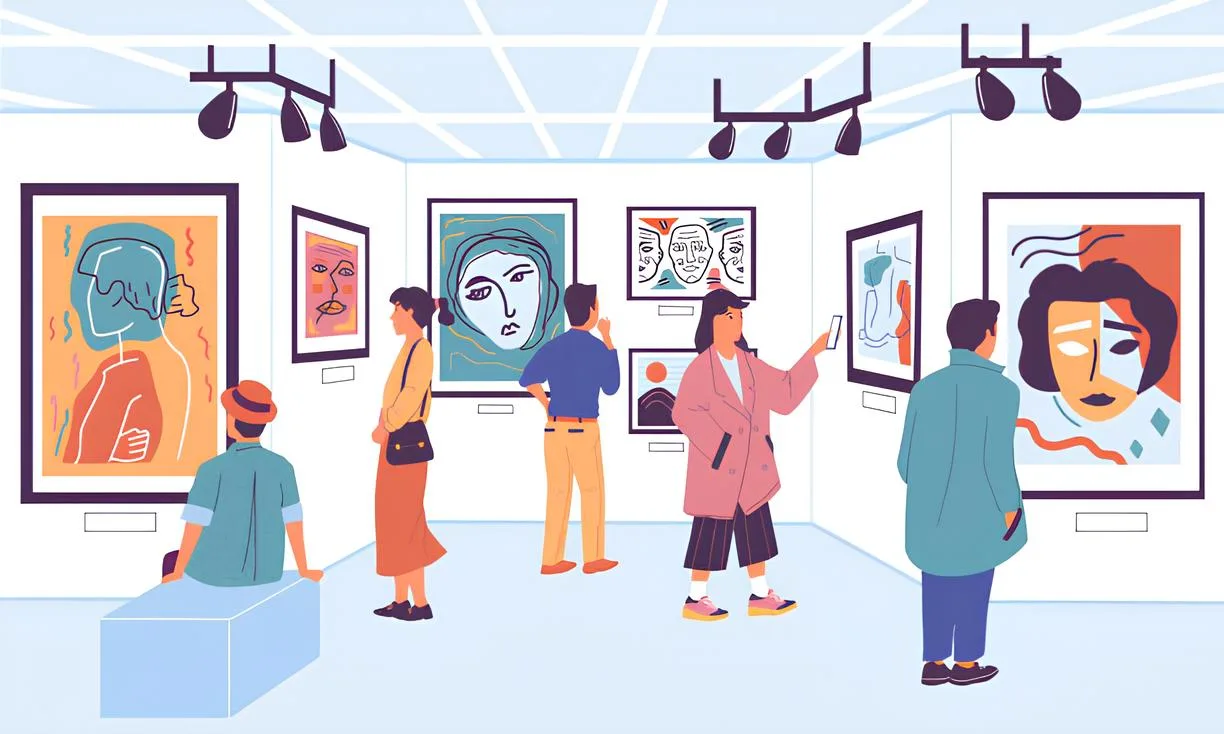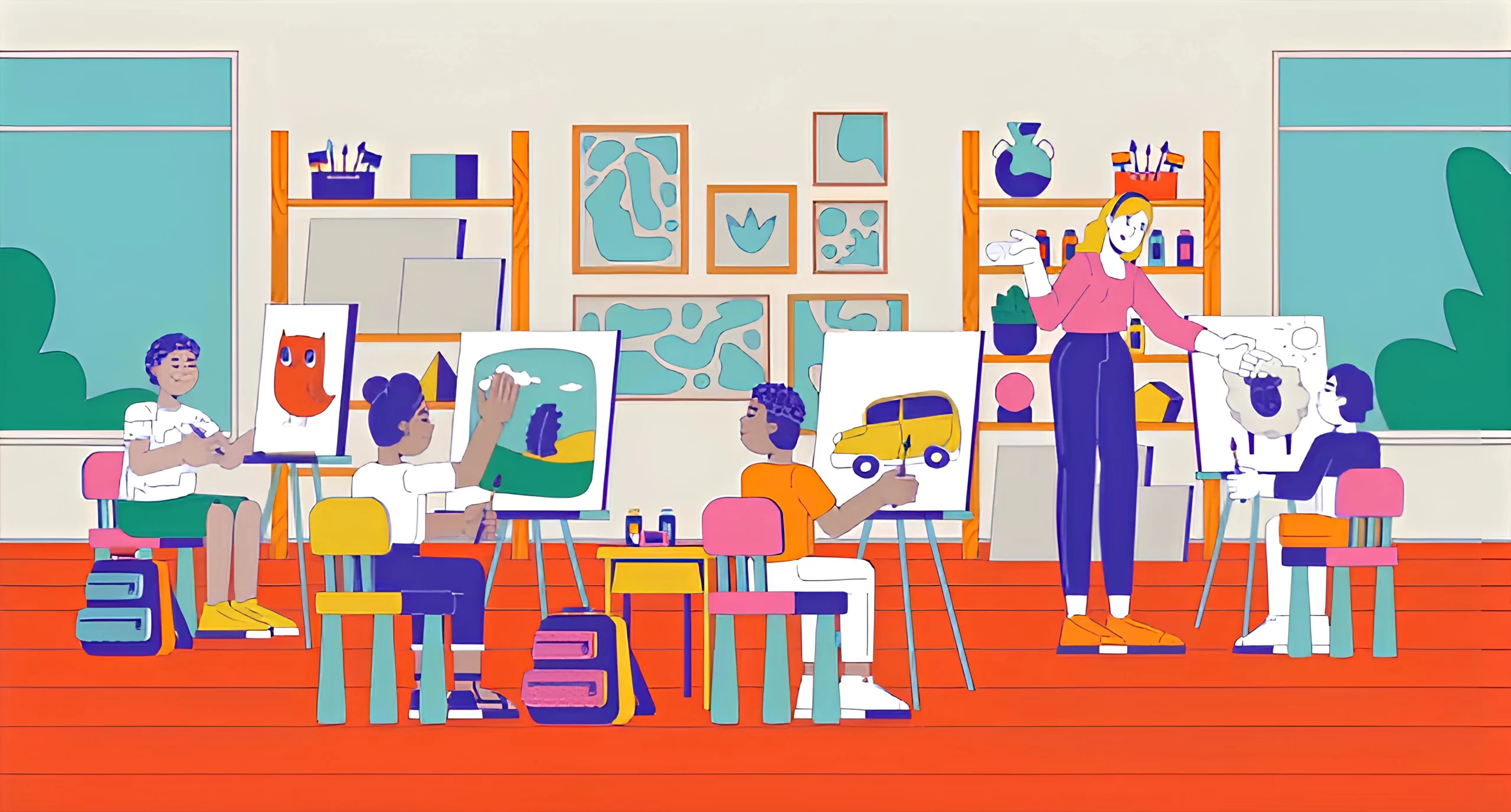At We-Learn, we don’t just teach art. We explore identity, history, and imagination through every stroke, sketch, and sculpture. And one of the richest sources of creative energy we’ve discovered lies in mythology, the stories and symbols that have lived for generations in our – culture, landscapes, and minds.
To us, creativity begins where mythology ends—at the edge of imagination. We don’t just study ancient stories; we reimagine them through art, reflection, and bold new voices. Mythology is more than ancient tales. It’s a toolkit for creativity.. And for our students, it’s a powerful lens through which they express themselves in wildly unique ways.
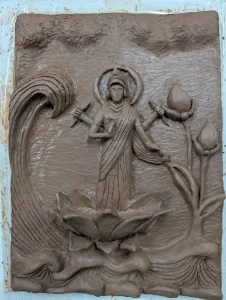 Old Stories, Fresh Eyes
Old Stories, Fresh Eyes
We believe that creativity ignites when old stories meet fresh perspectives. We often begin by asking: What does Mythology mean to you personally?
From there, it’s incredible to see the diversity of interpretations that emerge. Take Reya, for example, a detail-obsessed student with her love for miniature work. While most of her peers were drawn to bold colors and big canvases, Reya found her rhythm in clay. She started sculpting small figurines of mythological characters, as expressive characters full of personality. Her version of Mahavir wasn’t a towering stature of a saint but a curious, mischievous young figure sitting, thoughtful, observant, and full of life. “I didn’t want to show him as a superhero,” she explained, “I wanted to show his childlike energy, because that’s how I connect with him.” She also worked on a clay figure of Saraswati for weeks. But hers wasn’t traditional, no veena, no swan. Instead, her Saraswati stood on a Lotus, surrounded by waves, “I try to put a little bit of me in all of my artwork,” Reya said. “So the adaptation related to me in a way that the idol was still, but kind of messy, just like me.”
Her sculptures have now become part of a storytelling installation we showcase during student exhibitions, each one as an artifact of myth, reimagined through personal narrative and modern style.
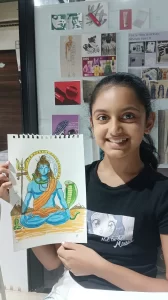 Drawing from the Divine
Drawing from the Divine
One of our youngest students, Priya, brought her own quiet passion to mythology through sketching. She filled pages with delicate line drawings of mythological characters. “I like making my own versions,” she said. “It’s how I see protection,” she explained.
Another incredible student, Anaira, joined our sketching course with a fascination for faces. “I’ve always been drawn to eyes,” she said. “There’s something powerful about gaze.” Anaira started sketching mythological figures with a deeply modern twist. One of her standout pieces was a pencil sketch of Lord Shiva, but not the classical image. Instead, her Shiva was quiet, contemplative, almost meditative, seated among clouds with closed eyes and floating hair. She said, “I wanted to capture what inner stillness might feel like.”
Her drawing is a quiet reminder of how mythology can become deeply personal and poetic when given space to breathe.
A Playground for Interpretation
A student artist reimagined mythological themes through minimalism—starting with a subtle depiction of Krishna, focusing on the symbolic peacock feather. The exploration continued with Hades, the Greek god of the underworld, illustrated on a traditional amphora. This fusion of Indian and Greek mythology reflects a thoughtful, cross-cultural narrative through form and symbolism.

Guiding Creativity with Freedom
The beauty of We-Learn’s philosophy lies in how we support and guide rather than dictate. Our mentors don’t hand out assignments, they offer themes, and gentle nudges. When students bring myth into their art, they’re encouraged to ask questions, mix media, and think about why a certain story appeals to them.
We often tell our students: Your art doesn’t have to be perfect. But it does have to be honest. When they use mythology as a medium, it becomes a way to explore not just the collective culture, but their individual voices.
At We-Learn, mythology is an invitation, not a template. We treat it as a creative inheritance rather than a historical study. And in doing so, we unlock an exciting blend of ancient narrative and modern expression that feels both rooted and revolutionary.
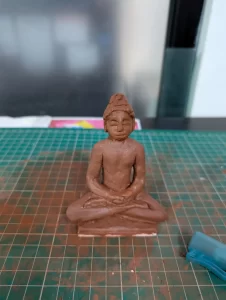 Conclusion: Rewriting Legends, One Stroke at a Time
Conclusion: Rewriting Legends, One Stroke at a Time
In the end, what we see in our studios isn’t just art, it’s living storytelling. Mythology, at We-Learn, isn’t frozen in stone or stuck in the past. It evolves. It adapts. It inspires.
Here, we don’t ask students to paint what’s already been painted. We ask them to imagine what hasn’t yet been told. And in their sketches, sculptures, installations, and animations, myths come alive, not as relics, but as reflections.
Because in the hands of young artists, even ancient legends are just beginnings.

